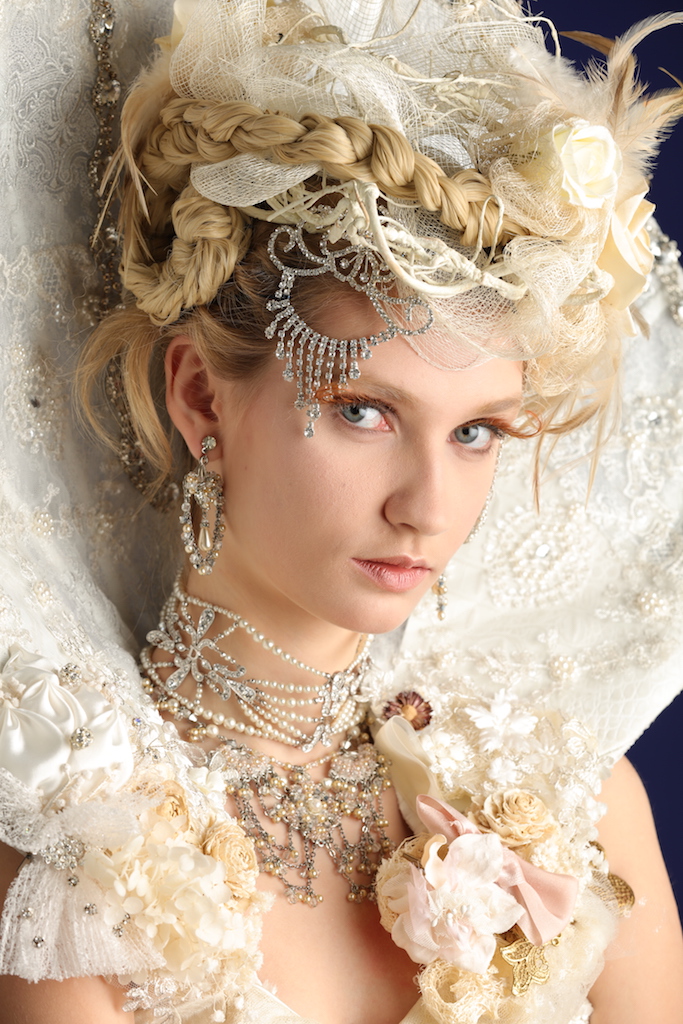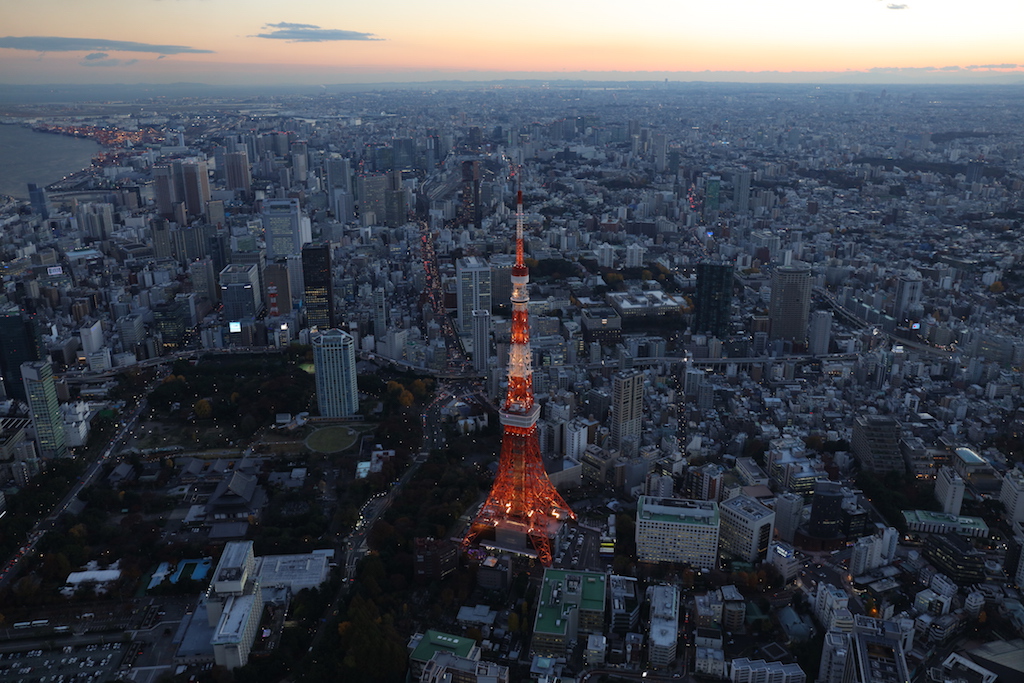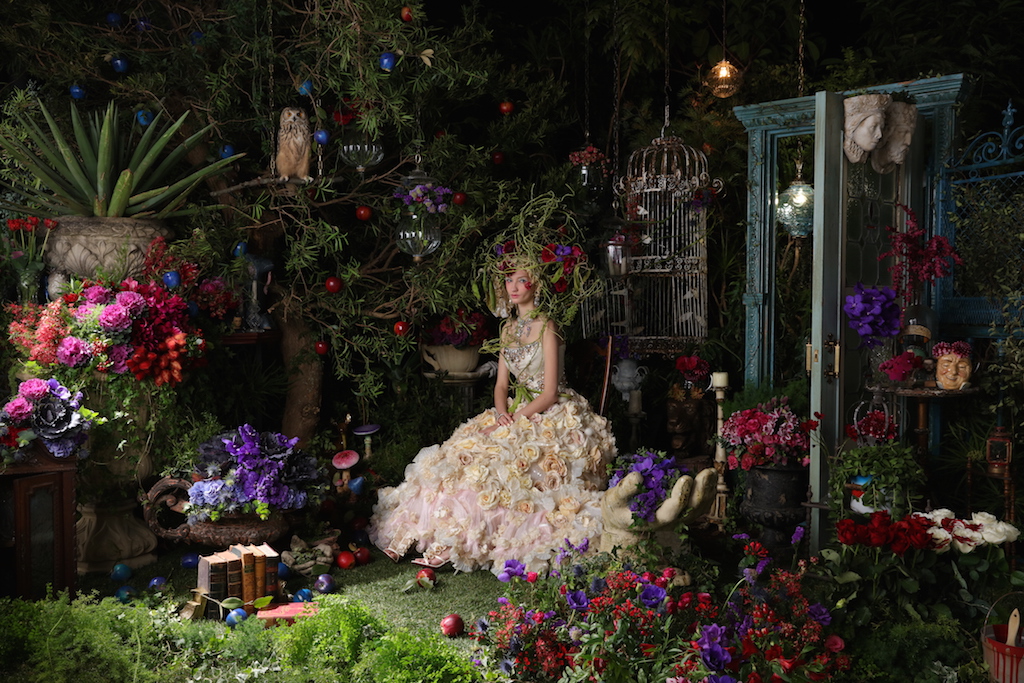The 50 Megapixel Canons - Is Bigger Really Better?
/Since the announcement of the 50MP full frame Canons, the internet has been positively blooming with conjecture and opinion. There are even some facts! Let's try to net this out with what we actually know, and then yes, I will even throw in some opinions. Why more megapixels? The theory is that the more photoreceptors (pixels) the more finite data is captured. We see much bigger files, so that means better photos, right? Right? What do you mean, "it depends"?
It depends. More pixels does mean more data. More pixels when the overall sensor size doesn't change, also means smaller pixels, and that means less low light sensitivity than with a larger pixel. It can also mean that to increase low light sensitivity, more power is pushed to the photo-receptor and more power reduces the signal to noise ratio meaning a greater probability of noise.
Sensors have also evolved to have more dynamic range. Dynamic range is the range of tones captured between full black and full white. When we look at the competitive space, the closest DSLR to the 5Ds family is Nikon's D810. While it has "only" 36 megapixels, it is extremely well respected for having 14.8 EV of dynamic range. The average human can see about 20 stops, or 20 EV of tones, so this makes the D810 extremely impressive in its DR response. The Nikon sensor, despite very small pixels also delivers very good high ISO performance considering the relative size of the pixels, with a rating of ISO 2853 before the noise becomes unacceptable (to the testing site.) The D810 sensor is also rated at 25.7 bits of colour depth. Please note that this does not change the reality that the best RAW images are still only stored as 14 bit files.
Canon has been rumoured to be bringing a high MP camera for some time, and with the announcement have sort of delivered on the rumours. I say sort of, not to be negative, but because the cameras have not shipped yet and are not expected in the marketplace until June. Will this early announce with delayed delivery negatively impact the sale of 5D Mark III bodies? It could, and I expect that Canon financial analysts looked at this prior to supporting the announcement date.
Canon's press releases are text heavy in the Americas lacking good summary spec charts. Fortunately there are great productions such as Photography Life and DP Review who have already made the summaries available. I will put one in at the end of the article.
The sensor is Canon designed, but the release does not say who builds it. Since most Nikon sensors come from Sony, we should be less concerned about the builder than the performance. The 5Dsr is a variant that costs more and that does not have the anti-aliasing filter. This is a similar structure to the now discontinued Nikon D800 and D800e variants. Eliminating this low pass filter will deliver more sharpness, but at the risk of increased moire. Landscapes can benefit but woven fabrics could make the R variant unsuitable for fashion.
One write up has already said the new sensor looks like medium format. This is, sadly, an opinion and mathematically not possible, given the difference in sensor size, pixel size, lens image circle and depth of field. Sounds pretty, smells like poop.
Canon is using an AF system bearing great similarity to the one in the 5D Mark III which is proven to work. They have also changed the design of the mirror box to minimize vibration and even included a medium format feature of allowing the owner to manage the delay between mirror engagement and shutter release. My Hasselblad does this and it makes a difference.
Canon has added a new Picture Style called Fine Detail. In my opinion this is indicative that there are folks at Canon who believe that people who drop this kind of coin on a body are actually going to shoot JPEG in camera. You want to spend nearly $4,000 on a body so you can throw away 70% of the data at time of capture. This is so offensively idiotic that I had to step away to prevent going off on a rant.
Canon has now incorporated in camera crop modes of 1.3x and 1.6x so now although you can only mount EF full frame lenses, you can crop in, in camera to make them look like an APS-H or APS-C sensor. Again, I do not see this servicing the RAW shooter who spends time in the digital darkroom but really only servicing the photographer shooting in JPEG and wanting to avoid post processing entirely. I still don't see the alignment between the product and that buyer.
The sensor incorporates the anti-flicker detection and correction found in the 7D Mark II and I can say that the function is useful for shots in dimly lit fluorescently illuminated facilities because you will be sure to be using a 50MP camera for sports inside. Ok, probably not, but if you need the function it will work well.
The 5Ds family incorporate a built-in intervalometer, just like Nikon has done for years.
Video is pretty lame, 1080p at 30fps, so while the sensor can capture lots of data, slow motion or 4K aren't part of the equation. There is also a time lapse function built in, because that is very trendy right now.
Images can be stored on CF or SD cards because the camera has the same dumb dual slot different card storage as the 1D Mk IV, the 7D Mark II and others. Allegedly this brings "flexibility" of choice to the photographer, what it really brings is the need to buy two different kinds of cards with potentially different performance to maximize the use of the camera. If there is real logic in this decision it continues to escape me.
Canon has followed on from the 7D Mark II and replaced the sloth like USB2 with USB3 so I look forward to testing the tethered shooting performance when the cameras become available. I really see this as a tripod camera, so tethering will be very useful.
The 5Ds has an MSRP of $3,699 USD and the 5Dsr has an MSRP of $3,899 USD. Expect these to be the street prices on release as well.
Sample Images Provided by Canon
Canon Japan graciously posted full res JPEG images on the web as well as some short videos. They are still web images so I don't think that they do justice to the camera, in fact I find them quite underwhelming. I have included three resized stills for your review.
Opinion
Ok now for the opinion on the new sensor.
Let's suppose that you are a landscape or macro photographer. You want maximum detail and colour fidelity and you want buckets of dynamic range in sensor because you KNOW that when you start having to push and pull the entire exposure in post you are going to be adding noise along the way. Canon says that the sensor will deliver performance similar to the 5D Mk III sensor. Presuming this is true, the dynamic range that we can expect from the new sensor is 11.7 EV. This is decent for an entry level camera in the current market, but 3 full stops less DR than the D810. Colour depth and high ISO are comparable to the D810 sensor. The problem for me, is that if you are going to work with enormous files, you should be getting something out of them that you would not get otherwise and based on the current specs, you don't. If you've got a substantial investment in Canon glass and you need this level of MP, then the 5Ds family is your only option, but if you are starting from scratch or are willing to switch, the D810 is a better DR choice. And remember, you will NEVER see the difference on the web, and you will need to make REALLY BIG prints before the extra MP make any difference and then you will have your nose pressed up against the print. And at that range the 3 stop difference in dynamic range will be MUCH more apparent.
I sincerely hope that Canon takes the time to refine the camera prior to release to improve the dynamic range performance. That is the key performance indicator for high megapixel sensors and if they do ship a product with the purported performance it's not going to be what it should be.
As one might expect total ISO range is relatively limited, similar to the recent 7D Mark II that has been to some extent a disappointment to me. While 5fps was pretty quick when we wound film, it's comparatively slow by today's standards.
If I were to consider one, the 5Dsr is the model I would look at. Software correction is so very good these days that I would risk the moire for the additional sharpness. My Leica M240 has no AA filter and any moire that ever showed up was cleaned up on import. Sony has DSLR style cameras without the AA filter and they perform extremely well.
Specifications (courtesy multiple Internet sources)
- Weather Sealing: Full, dust and water-resistant
- Sensor Size: 36x24mm, Full-Frame CMOS
- Resolution: 50.6 MP
- Image Resolution: 8688 x 5792
- Processor: Dual DIGIC 6
- Native ISO Range: 100-6400
- Boost ISO Range: 12800
- Autofocus System: 61 point AF with 41 cross-type points
- Continuous Shooting Speed: 5 fps
- Metering Sensor: 150,000-pixel RGB+IR sensor
- Crop Modes: 1.3x and 1.6x crop modes
- RAW: 14-bit RAW, Medium RAW (mRAW) and Small RAW (sRAW)
- LCD Size: 3.2″
- LCD Resolution: 1,040,000 dots
- Viewfinder: Pentaprism, 100% coverage
- Viewfinder Magnification: 0.71x
- Built-in Flash: No
- Flash Sync Speed: 1/200
- Video Recording: Up to 1920×1080 @ 24p, 25p and 30p
- Storage: CF and SD
- Interface: USB 3.0
- GPS: None
- WiFi: None
- Weight: 930g
- Dimensions: 152 x 116 x 76mm











